On Sunday morning we continued from Anholt island towards Helsingør. While preparing Suwena for a sea a SAR vessel left the harbour with blue lights flashing. Immediately afterwards we heard on VHF a pan pan call for all ships. There was a missing Spanish motorboat that was last seen on the southern side of Anholt. We had cold shivers all over the body because we were just leaving to the sea and the other boat was missing at the same time.
Soon a Danish coastguard helicopter joined the search as well. Lyngby radio called on VHF channel 16 one-by-one every boat which they noticed to be in the search area and asked to keep a sharp lookout. After a few hours the search area was combed and pan pan was cancelled without any results. We never heard did they find the Spanish boat. We hope that the boat with the crew is safe and everything is well. It is always serious when such a thing happens. Andrus used his binoculars extensively but we did not see any Spanish motorboat on our way to Helsingør.
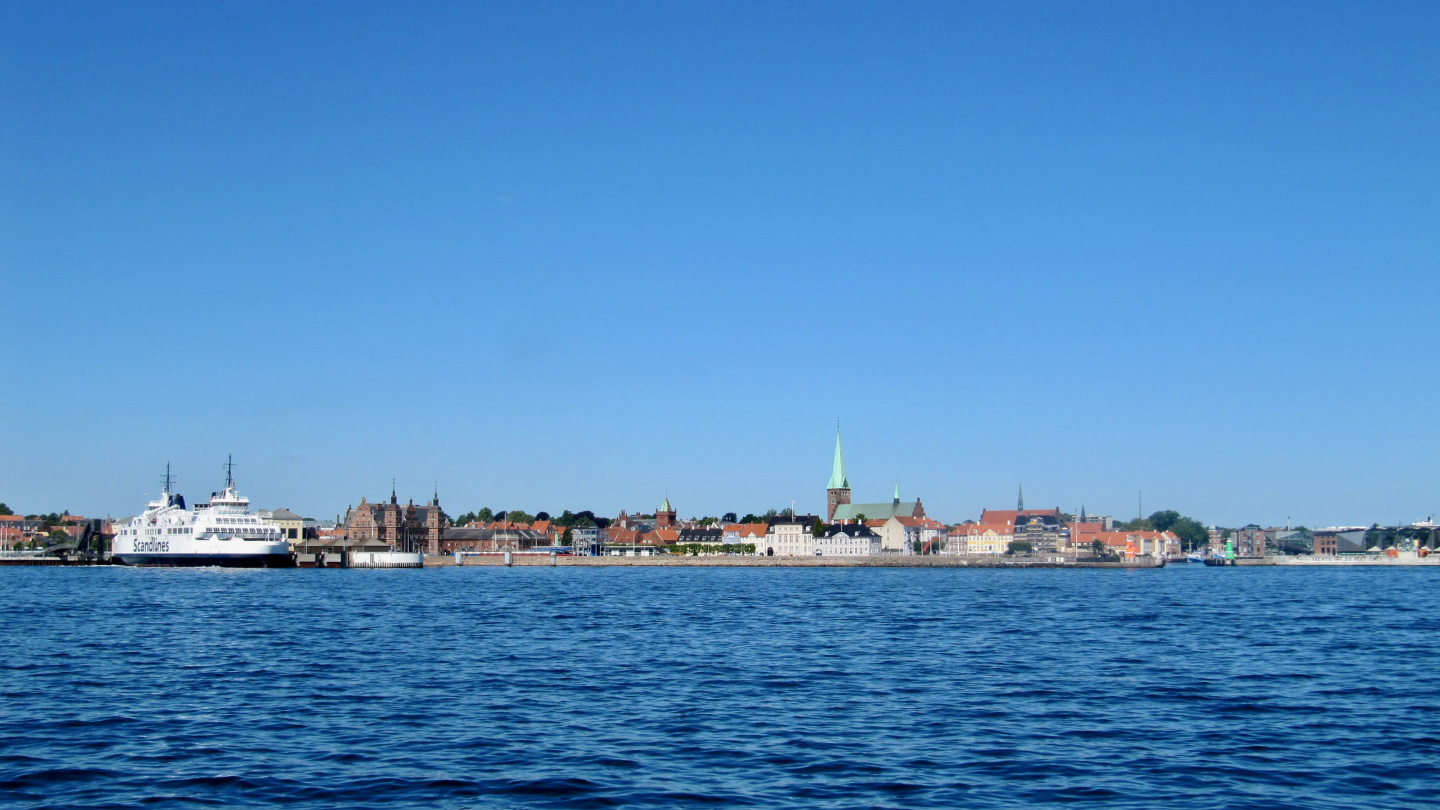
From Anholt we sailed to southeast towards the Sound (Danish Øresund, Swedish Öresund). It was funny to sail on the narrow strait between two countries. In the east is Sweden and in the west Denmark. The Sound is at its narrowest near Helsingør in Denmark and Helsingborg in Sweden. Its width over there is only four kilometres.
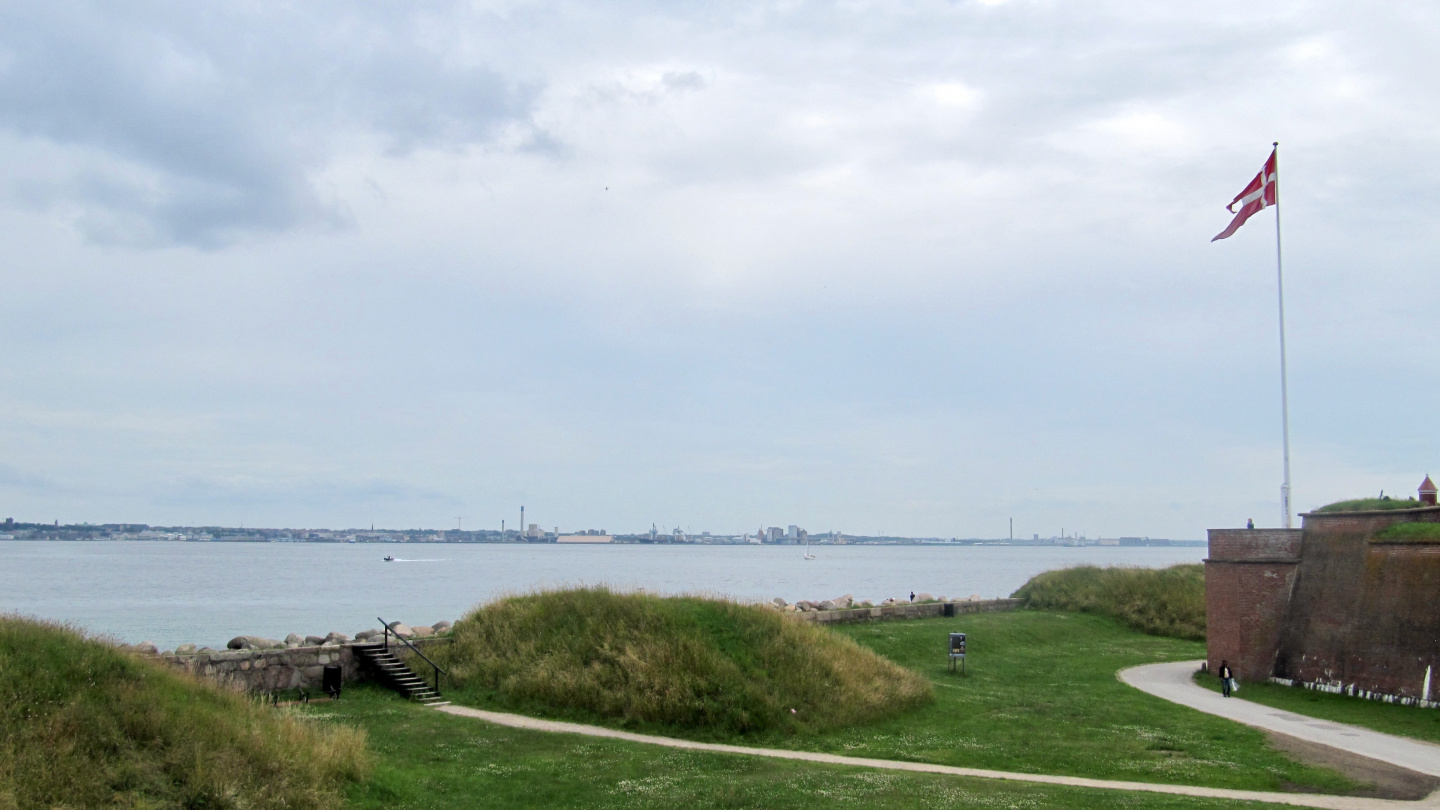
We arrived in Helsingør on late afternoon. The harbour is huge with a space for almost 1000 boats. Despite of this we barely got a berth for Suwena as the harbour was fully packed with boats. After driving through the harbour we found the berth near the harbour exit on the north side. Our berth was located just opposite of the harbour office but the walk there is one kilometre long stroll.
All Danish guest harbours we had visited were equipped with harbour fee ATM machines. It is very convenient because the harbour fee can be paid any time of the day and there is no need to monitor harbour office opening times. Like in Anholt also here in Helsingør the shorepower is paid by a rechargeable card acquired from the same ATM. We like this system. In these places the fuses have been 16 amps. Usually they are 6 or 10 amps and the electricity is at many times shared among the boats. We have aboard an electric hob with oven and for cooking we need between 8 and 12 amps of current. On top of this we need to add the usual battery charging and other electricity consumption. This all sounds complicated but we take it easy. If the shorepower fuse is too small we use our own generator during the cooking and Andrus sets the current limiter on battery charger. It all works out pretty seamlessly.
Helsingør is an important city on Baltic Sea seafaring. Eric of Pomerania decided to build Kronborg castle into the city in 1420. At the same time he ordered a customs duty to be levied on all passing ships. The customs duty was active until 1857 and the kings must have been making a fortune on merchant ships. If the ship did not comply with the king’s orders then the Kronborg artillery shot warning shots on them. The Sound near Helsingør is so narrow that it was not possible to hide anywhere. Nowadays vessels from big container and cruise ships to small yachts pass through Danish straits and it is only a good thing that the customs is the thing of past.
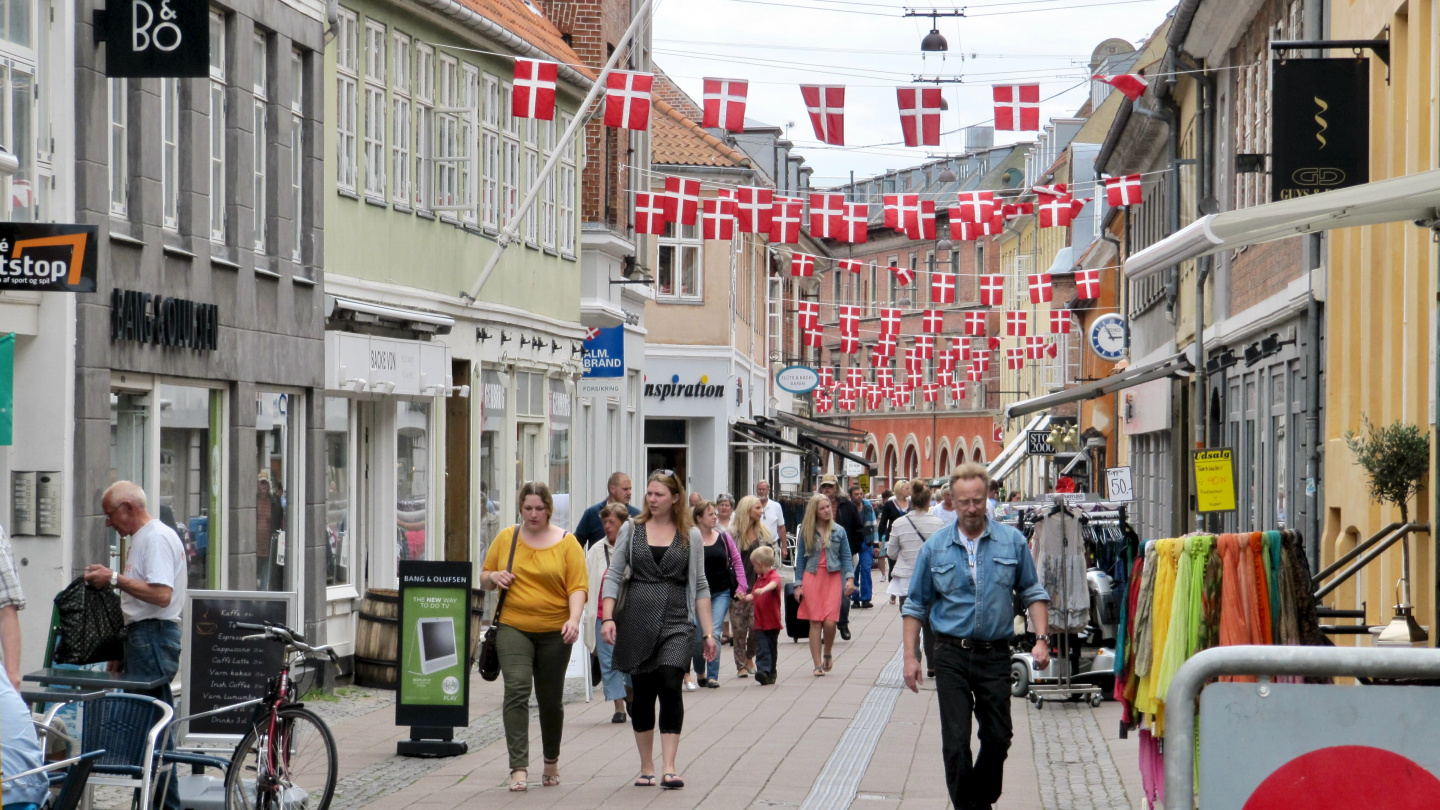
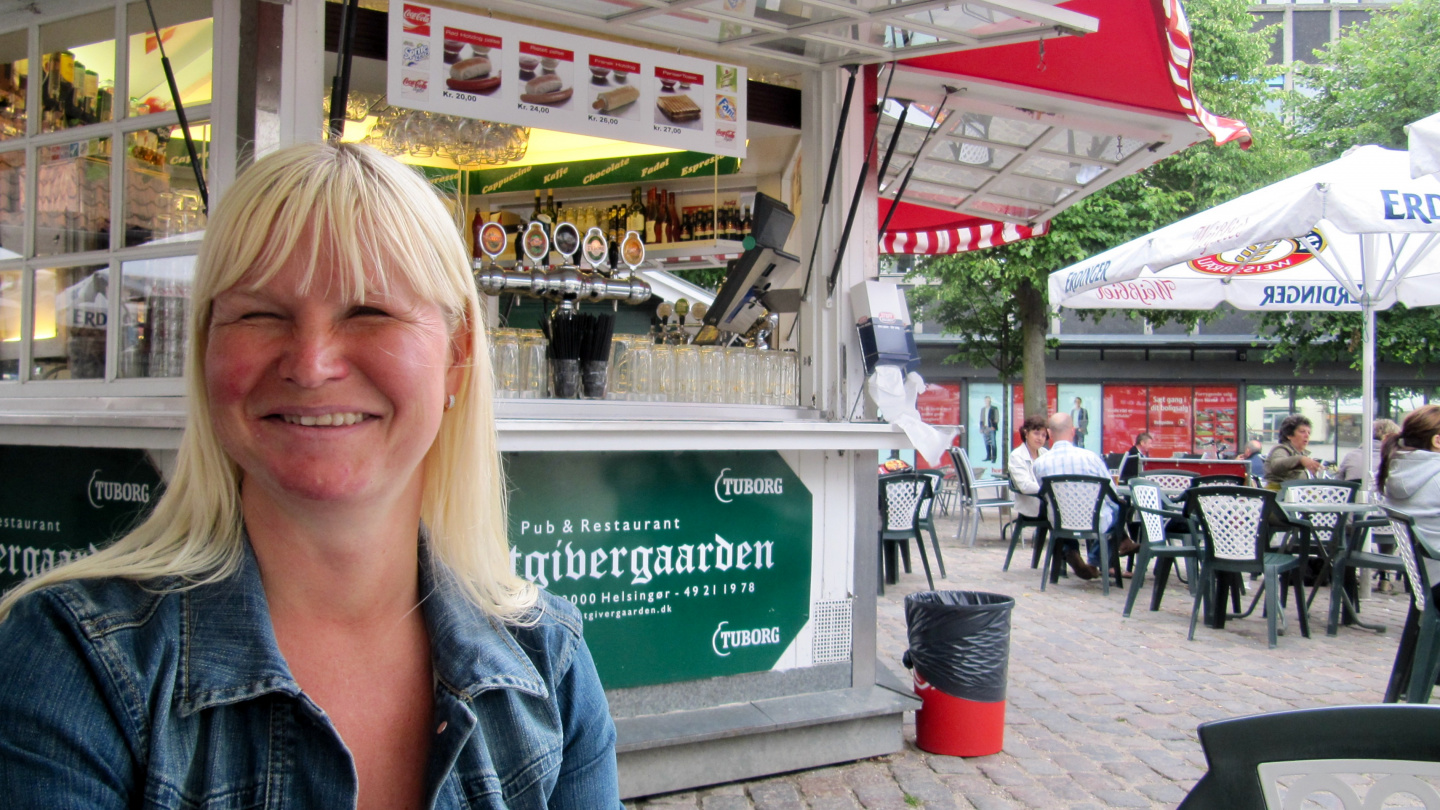
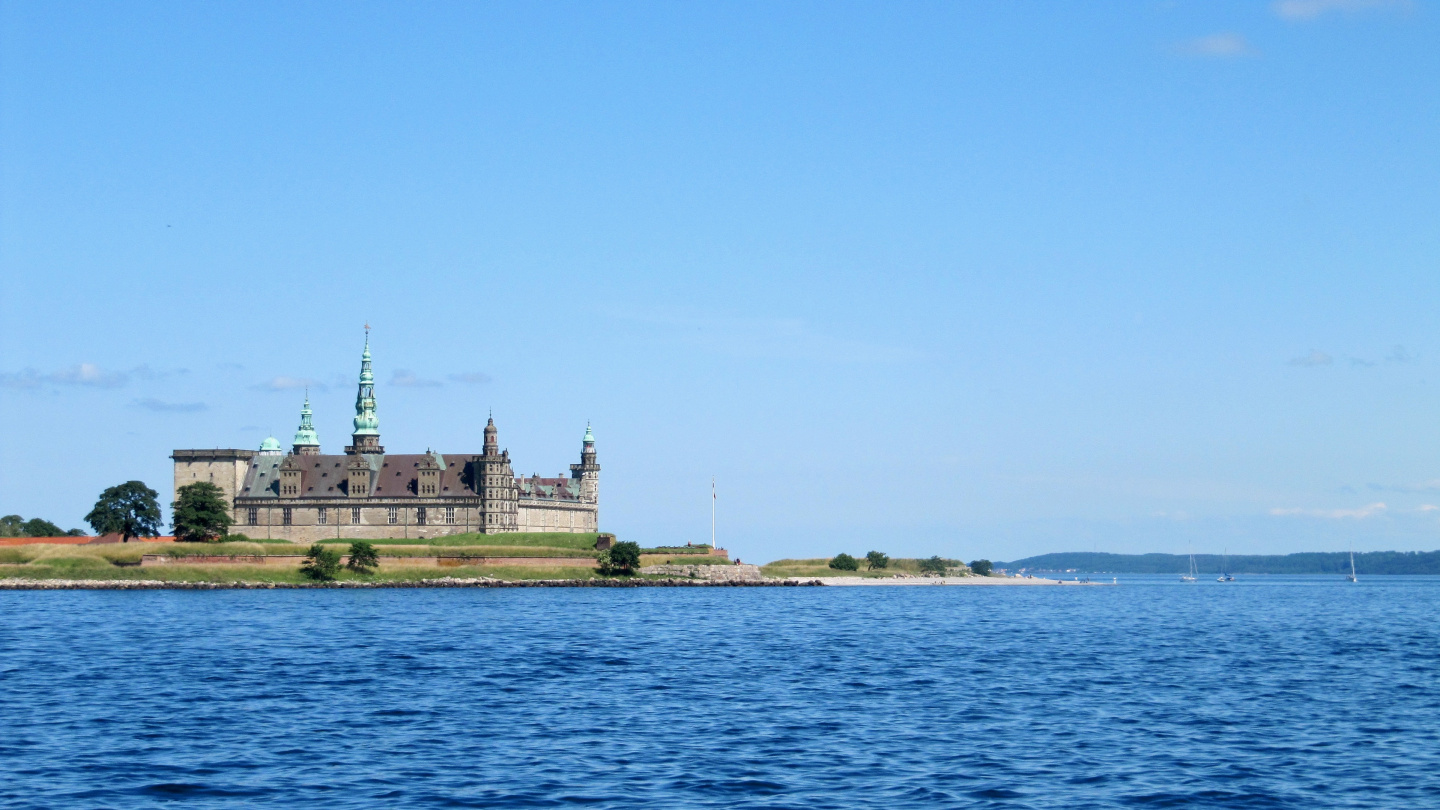
The Kronborg castle is Helsingør’s the most important sight and this is no wonder. The castle is a magnificent example of a renaissance building and the stories from the guide brought life into both dungeons and royal quarters. Soldiers lived in a dungeon built below the castle. The space was in a cellar with a water droplets falling from ceilings. Without sunshine the life of soldiers must have been pretty rough. During the peace time everybody had their own bunk but at war times the amount of soldiers were doubled and they had to sleep on wet and cold ground. To help their well-being everybody got a five litres of beer every day. In addition to beer they had salted herring for a food. The herring was by the way salted in their living space into a vast open holding tanks. That must have been one heck of a smell.
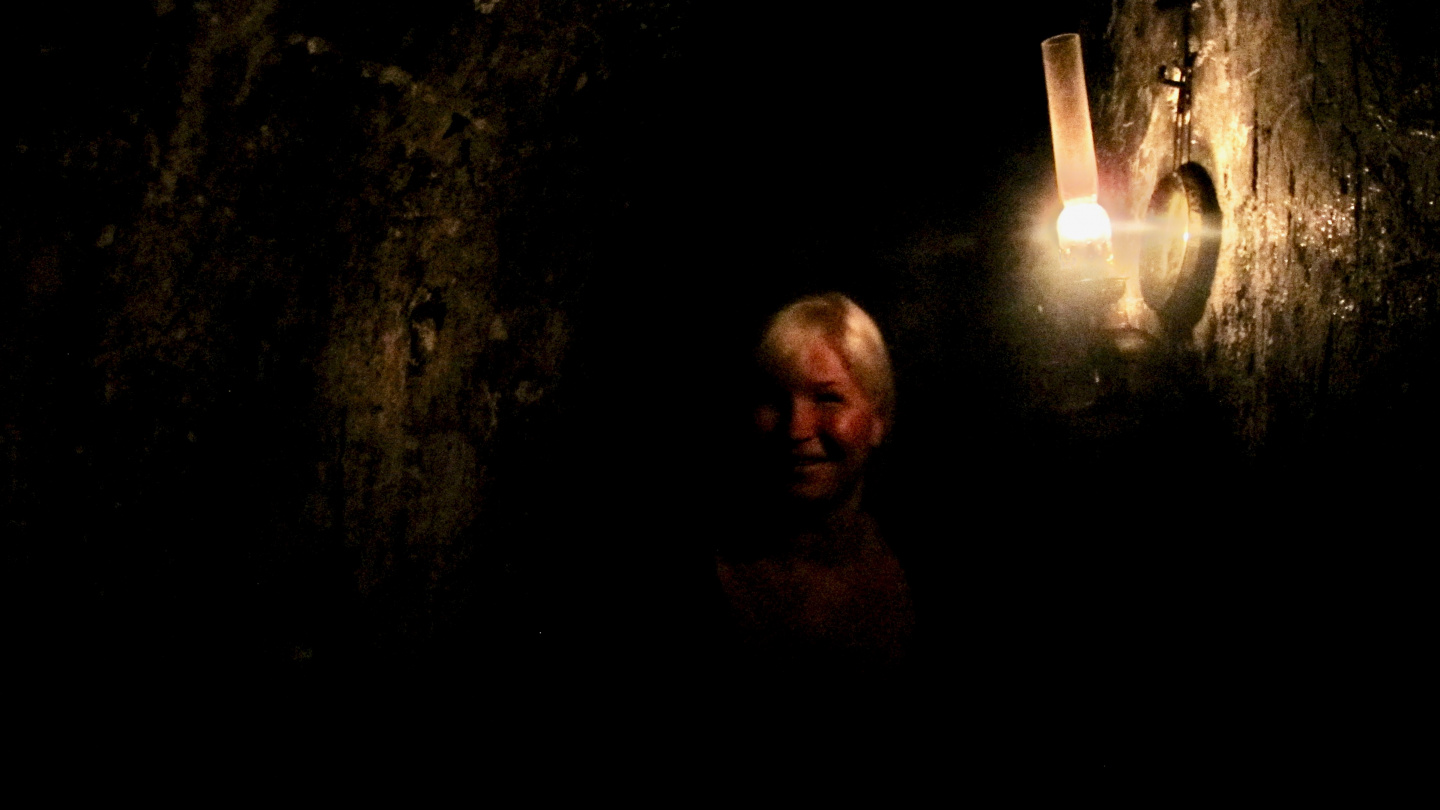
Fortunately the royal living quarters upstairs were totally different to explore. Beautiful tapestries and huge ballroom have been the stage for many parties throughout the times. Danish kings have been avid partiers and best parties lasted for three months. The guide told many interesting tales about royals, their living and the middle age manners not to forgetting of course the castle itself. This guided tour was the best we have participated this year.
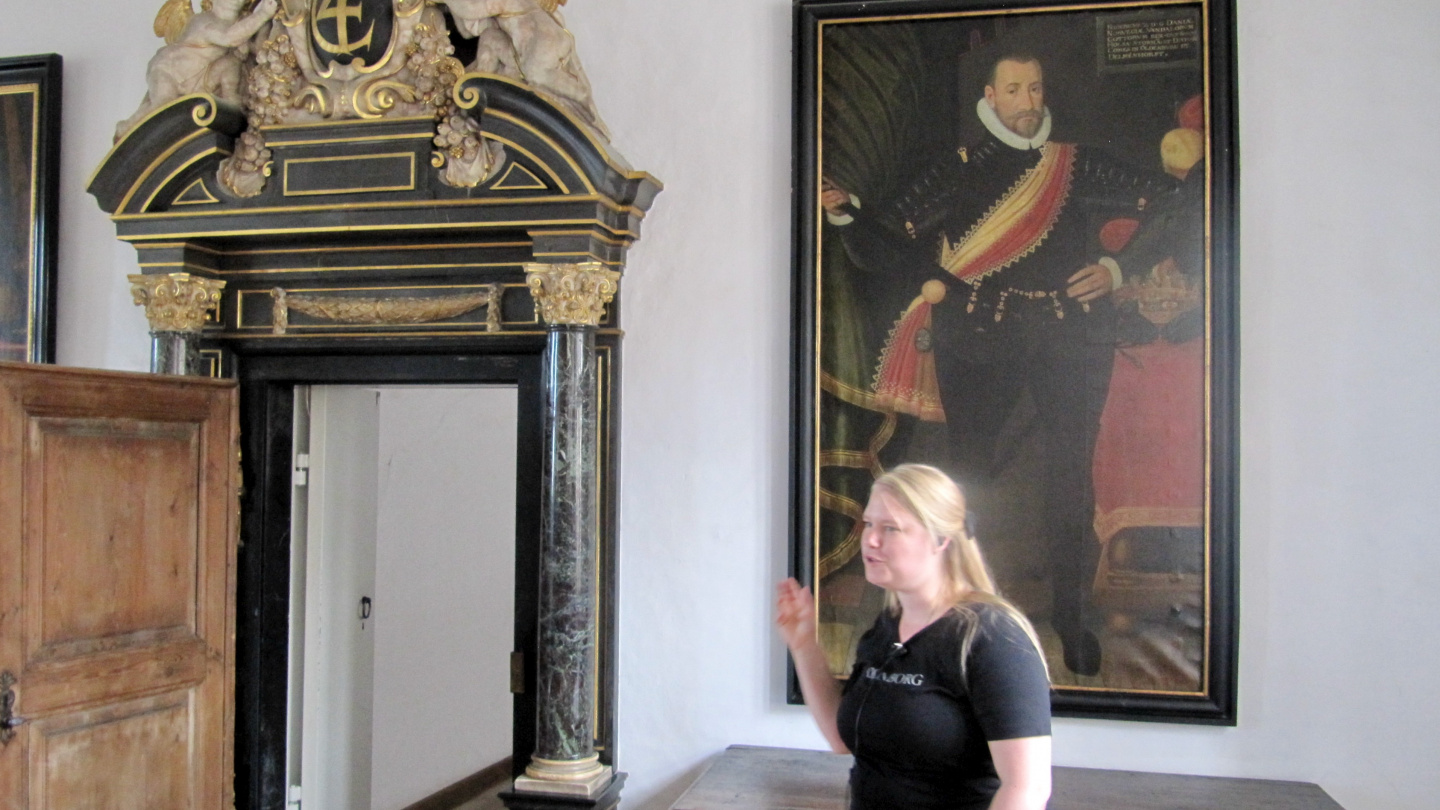
It is surprising that cannons in the Kronburg castle are still in use. The tradition that the cannon is fired during the queen’s toast still lives. It must make the toast speech very convincing if it is enchanted by a cannon shot towards Sweden. Nowadays the shots are blanks and people in Helsingborg need not to be in panic.


nice information and good article thank you